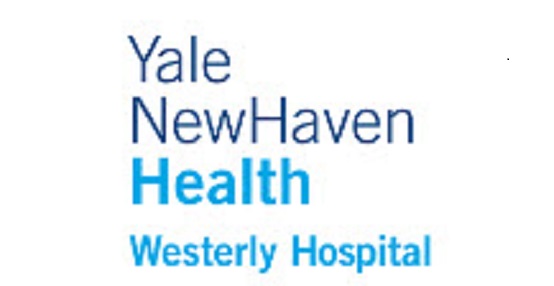That’s the number of central line-associated bloodstream infections (CLABSI) that Westerly Hospital in Rhode Island has experienced in both its ICU and medical/surgery units from 2015 to today. Its performance in containing catheter-associated urinary tract infections (CAUTI) is equally as remarkable; in the hospital’s ICU and med/surg units there has been just one CAUTI, in the ICU, since 2016.
Westerly Hospital – a 125-bed facility that is part of Yale New Haven Health system – implemented a nurse-driven protocol to combat CAUTI. The hospital used guidelines developed by the Healthcare Infection Control Practices Advisory Committee (HICPAC) – the federal panel that advises the Centers for Disease Control and Prevention (CDC). From that, Westerly developed a CAUTI prevention algorithm for registered nurses to use, essentially to help them decide: does the patient still need the catheter or should it be removed? Such a determination could be based on a patient, say, being transferred from an ICU to another unit.
RNs assess patients on a daily, or shift, basis and follow best practices relating to removal protocols. Daily interdisciplinary rounds include reviews of all patients with urinary catheters to verify clinical indications.
“An important component is having online learning modules that educate the staff on the procedures,” said Patricia Egan, Westerly’s Nursing Professional Development Specialist. “The modules also produce a transcript that managers can use to verify that each person in the unit has passed the online lessons.” Staff were also trained in the use of the algorithm in 1:1 sessions with Nurse Leaders and Professional Development Staff.
To prevent CLABSI, Westerly set up learning stations which are essentially mock patients so that managers could observe staff performing “hands on” central IV line care and maintenance. Staff were also educated on best practices and participated in on-line learning modules. The hospitals also implemented daily Chlorhexidine Gluconate (CHG) bathing for all patients with central lines – which is recommended best practice by the CDC.
Westerly’s infection fighting strategy was developed by an inter-disciplinary team consisting of the Quality and Risk Management department, front line RNs, and Nurse Leaders. The successes are shared with staff through Westerly’s Infection Prevention Committee.
“New staff are trained on the procedures, and now that we are two years into our successful program, we are re-training all staff,” Egan said. “The program has been good for our staff, good for the hospital by avoiding value-based penalties, but especially beneficial for our patients.”

